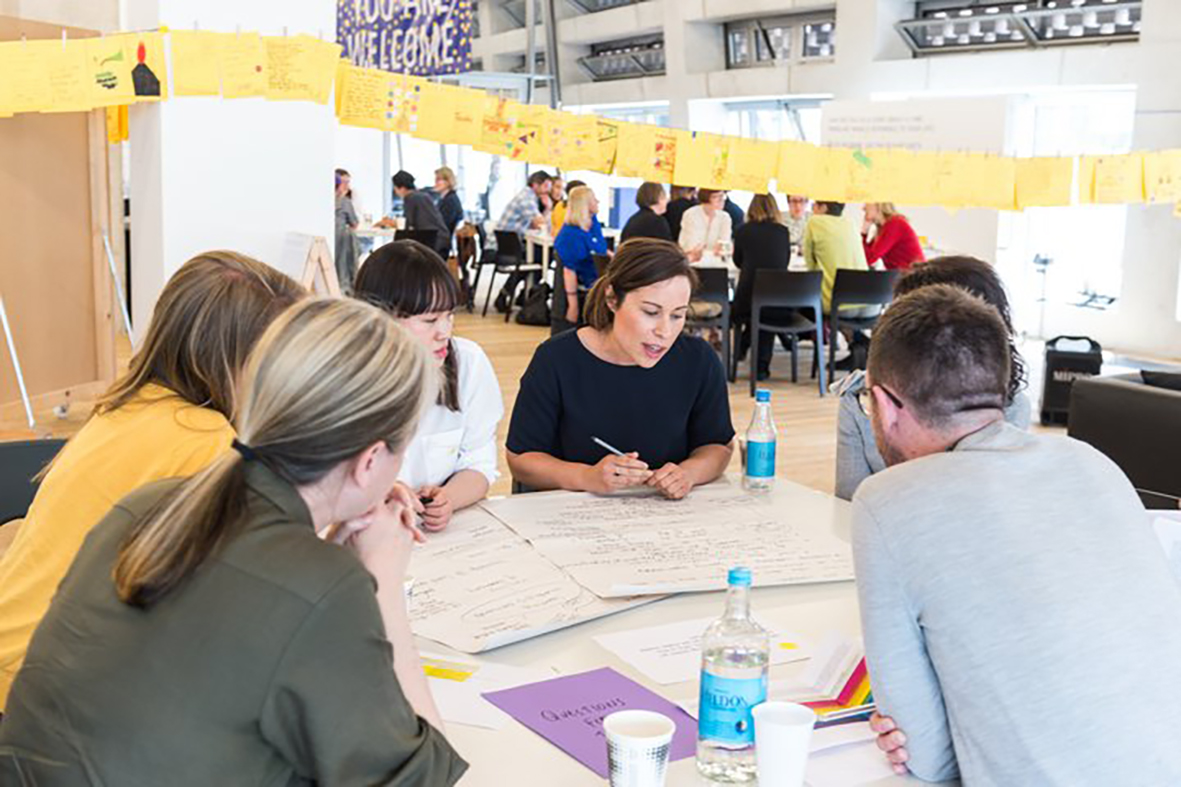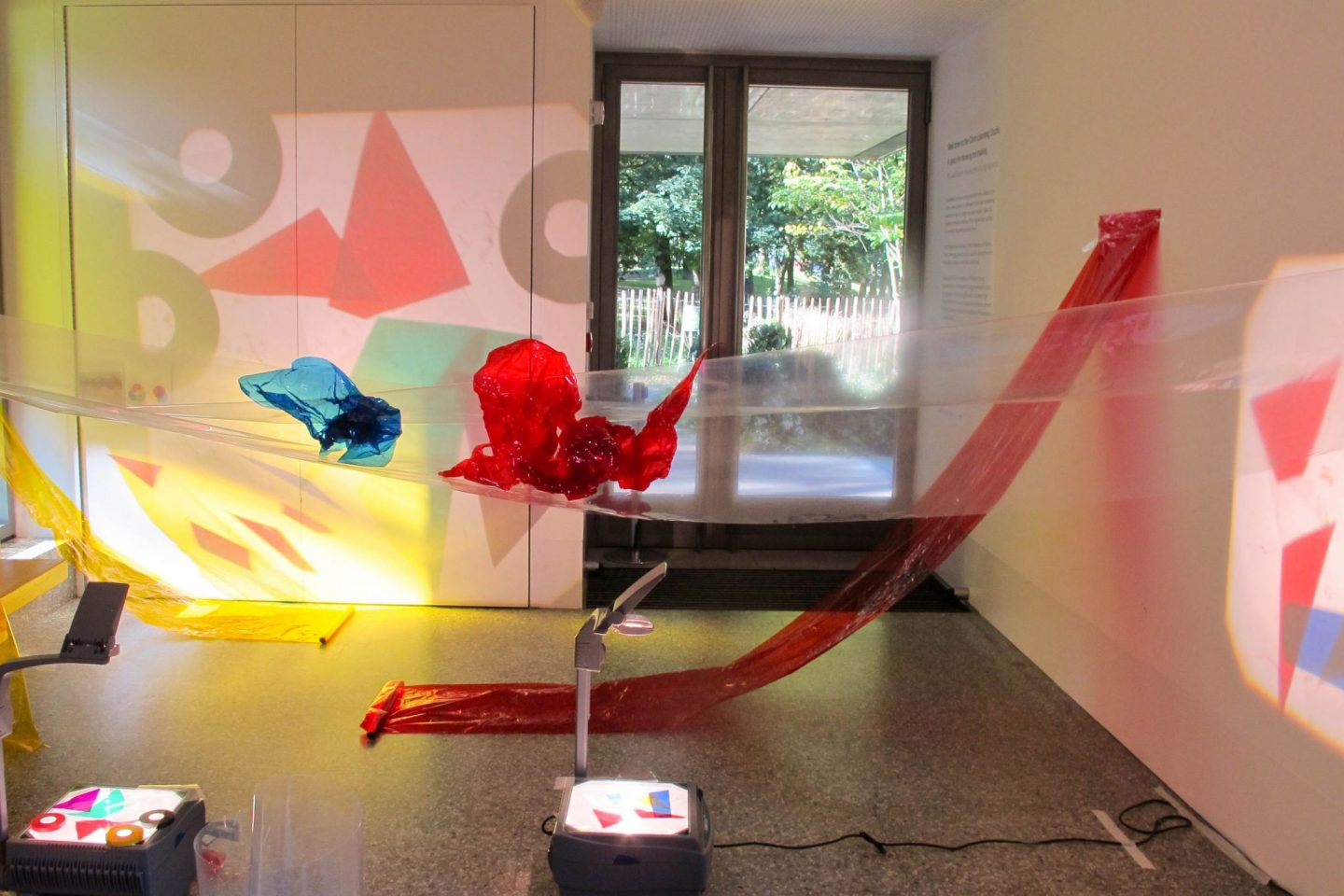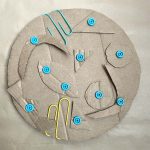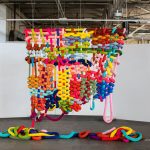
I am so happy to share that I will be one of the keynote speakers at the ‘Materiality, Creativity, and the Thinking Child’ conference next month (May 8-19, 2021).
This online event has a fantastic lineup of early years specialists who will be presenting different talks, workshops, and panel discussions exploring the relationship between condition, creativity, and the material world. The conference is perfect for early years teachers and creative practitioners working with young children and families.
I will be doing three events as part of the conference. The first is a talk titled ‘Materials as active participants in children’s learning’. This presentation is based on my paper ‘Material matters in children’s creative learning’ that was published in MIT’s Journal of Design and Science in 2019.
I will also run two live workshops where participants will design their own play space using contemporary artworks.
Here are the details:
Keynote talk: Materials as active participants in children’s learning
Ever since the invention of the kindergarten, art has played an important role in children’s learning. Educators including John Dewey and Rudolf Steiner argued that the aesthetic experiences produced through art play an important role in allowing children to imagine and experience the world from new and multiple perspectives.
Creativity has been discussed as a critical process in children’s lives, yet the current emphasis on literacy and numeracy in standardized school curriculum has reduced the opportunity for children to think differently. As a result, children need opportunities to experience the rapidly changing world from new and multiple perspectives.
While materials have long been an important part of both art and education, how they are understood in relation to children’s learning varies significantly across different education theories.
In the session, I will discuss how a ‘new materialist’ approach to education can be brought together with the experimental practices of artists and designers to open up expansive possibilities for children’s creative learning. From this perspective, materials are not just passive substances for children’s self-expression or manipulation but active participants that work in dialogue with people to mutually transform one another.
I will share findings and practical examples from my PhD research, undertaken in the learning departments at Tate and The Whitworth Art Gallery (UK), to examine how contemporary artworks can be used to support children’s learning through play with materials. This framework provides a new method for educators to consider the role and possibilities of materials in children’s learning today.

Workshop: Curating play spaces with contemporary art
In this online workshop, participants will have the opportunity to design their own play space for children based on the material practices of contemporary artists and designers.
The session will commence with a conversation on why materials are important in children’s learning today. For example, recent trends in both the United Kingdom and the United States have seen school curriculum become heavily focused on teaching numeracy and literacy skills through structured learning experiences. Standardized testing of children’s learning outcomes, which often doesn’t pay attention to children’s creative and critical learning processes, has also become common practice in many schools around the world. Children’s play with materials, such as cardboard, wood and paint, is important as it allows them to learn in divergent and sensory-based.
Participants will work in breakout rooms to design their own play space. Referencing online art collections participants will have time to experiment with materials and explore how different tools, concepts, and processes can be used to scaffold children’s creativity over time.
Designs will then be shared in discussion and the session will finish with a reflection on how children’s learning with materials can connect to specific early childhood frameworks including the International Baccalaureate Primary Years Program (PYP).
Participants will:
- Be given a hands-on planning guide for designing play spaces using contemporary artworks
- Curate a play space using different materials, tools, and concepts
- Use online archives to research innovative ways artists and designers have explored materials
For more information, check out the Innovative Global Education website here.



